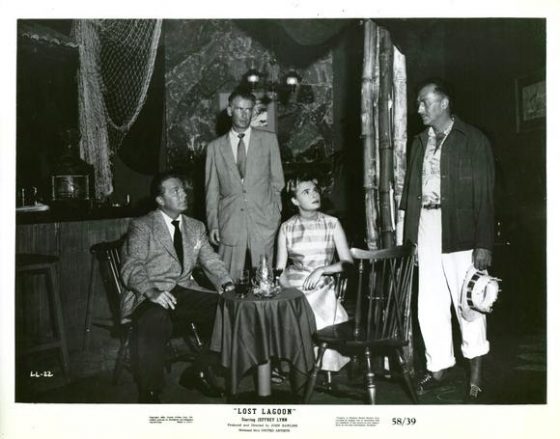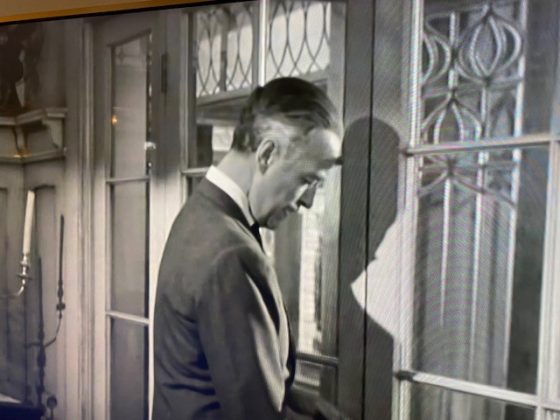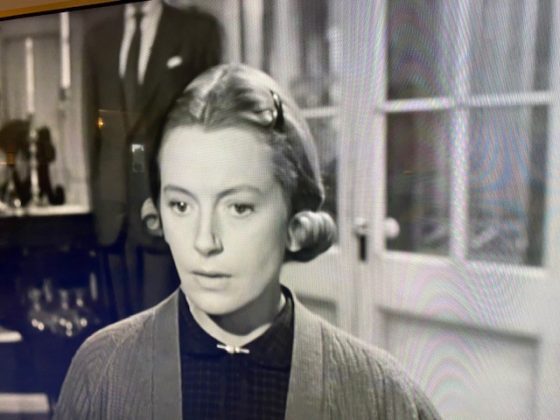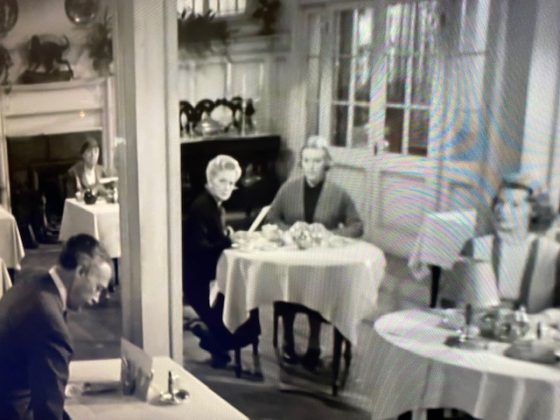In 1966, Hammer studios gave the world its cave-girl classic One Million Years B.C., which featured fur bikini-clad girls, including Raquel Welch and Martine Beswick
The next year they also made ‘Prehistoric Women’ ( Slave Girls), a jungle adventure which saw Martine Beswick back again this time once again playing a wildcat with a nasty streak.
The plot doesn’t make a lot of sense (how exactly the “legend of the white rhinoceros” is tied to the rest of the story is never made clear), Michael Latimer is a bland lead and the pace is padded with lots of tribal dancing.
Written and directed by Michael Carreras, ‘Prehistoric Women’ is technically one of Hammer’s weakest efforts. However, it is also one of those rare films that manages to be entertaining thanks to its awfulness.
Michael Latimer plays David Marchand, a jungle guide who is taken captive by savage, white rhinoceros worshipping natives who intend to sacrifice him to their god. Just as he is about to be killed, David touches their sacred rhino statue, which freezes time and opens a doorway into a kingdom where a tribe of girls, led by the heartless Queen Kari (Beswick), have enslaved a different tribe of other girls
After falling for a slave girl named Saria (Edina Ronay), David vows to help the women overthrow their oppressors, a task made all the more difficult when he is clapped in irons for spurning Kari’s sexual advance
Then film includes loads of native song and dance numbers to pad out the action (including a solo routine from Martine Beswick, the occasional cat-fight, a jungle battle, and a surprise ending that makes no sense whatsoever.
The film is sheer nonsense from start to finish – but it is also great fun
Despite its American retitling, Prehistoric Women, Michael Carreras’ Slave Girls doesn’t really belong to that run of cavemen films that Hammer Films made around the same time (One Million Years B.C. (1966), When Dinosaurs Ruled the Earth (1969) and Creatures the World Forgot (1971)). It’s more of a “lost world” story with an adventurer stumbling across a society secreted away in the heart of Africa and it’s a pretty awful one to boot.

It had been decided that in order to save money Hammer would shoot the whole thing on sound stages at Elstree Studios. One Million Years B.C. had cost Hammer a small fortune by their standards so sets and costumes were recycled and where the prehistorics set sail for exotic climes like the Canary Islands and Namibia, Slave Girls stayed studio bound. Art director Robert Jones does his best, even going so far as building a waterfall set.
I personally thought that the studio sets were pretty impressive and very colourful


In the UK ‘Slave Girls’ was first released on a double bill with one of Hammer’s The Devil Rides Out (1968)

A film entitled ‘Prehistoric Women’ was released in 1950 – a Cinecolor Production – showing at the above cinema in Amsterdam

Earlier than this in 1950 we had a similarly titled film – apparently ‘Prehistoric Women’ was put out in the USA on a Double Bill with ‘Man Beast’ itself an Ultra Cheap Production.































